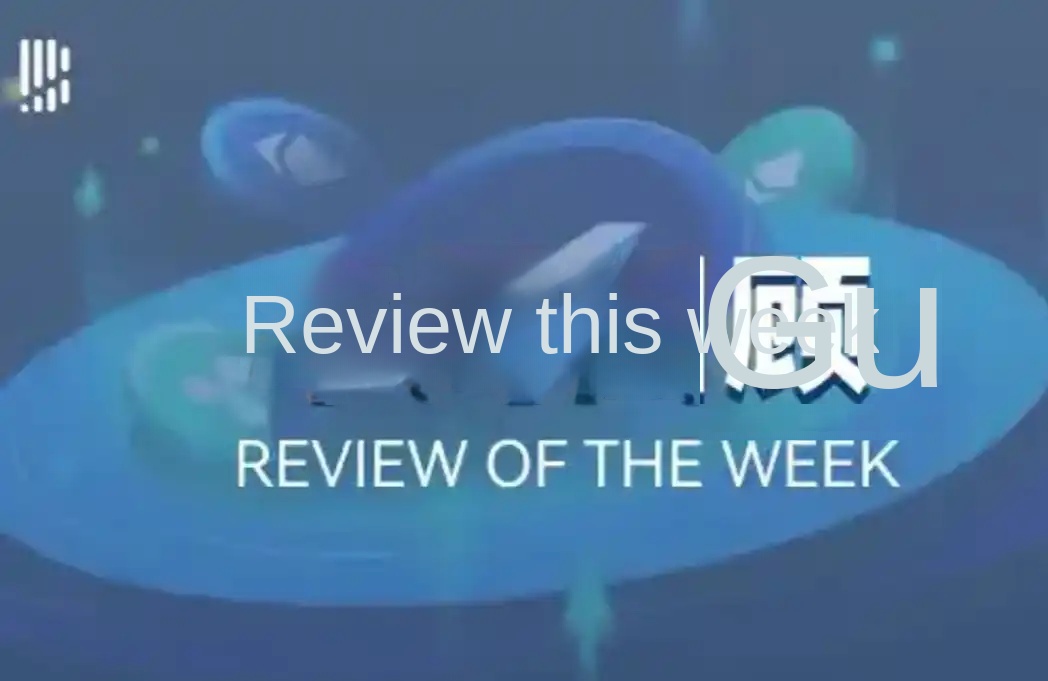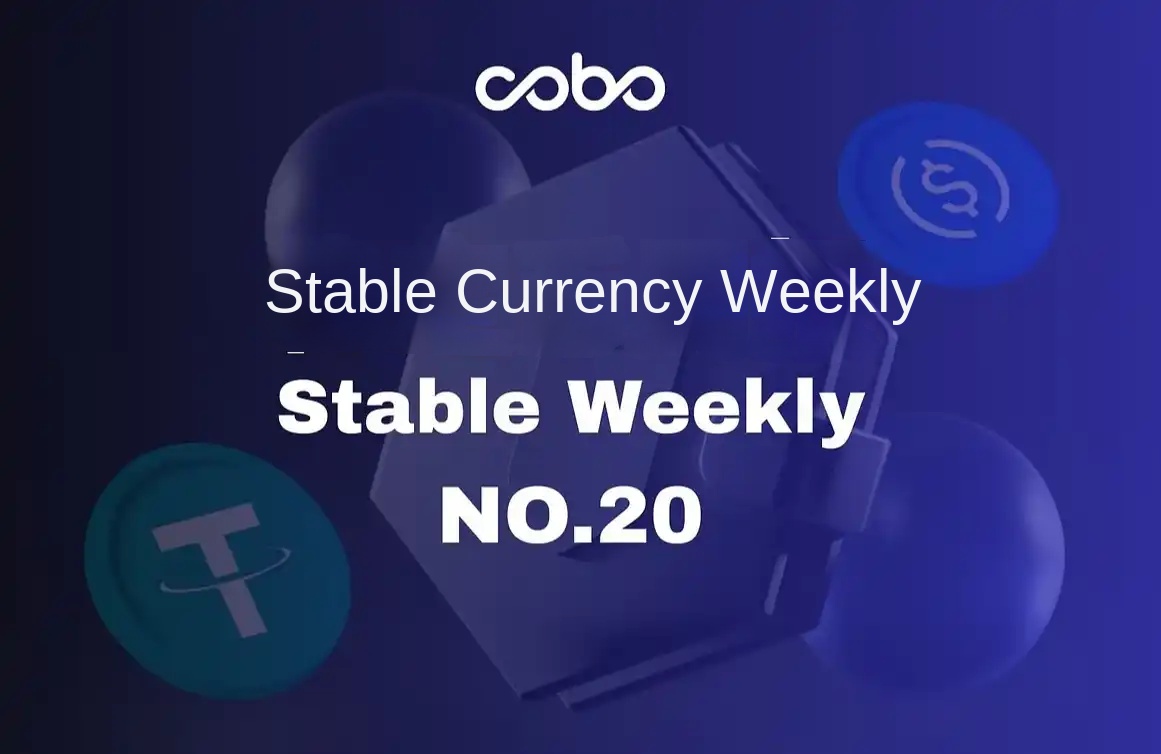Ethereum ETF One-Year Anniversary: Net Inflows Increase for Ten Consecutive Weeks, Reserve Asset Strategy Emerges as Key Driver
Original Title: ETH ETFs, One Year On
Original Author: Prathik Desai, TOKEN DISPATCH
Original Translation: Saoirse, Foresight News
Three months ago (when Ethereum ETFs were seen as unlikely to reach their one-year mark due to significant outflows, low market interest, and lack of performance advantage), even the most ardent supporters of Ethereum would have thought celebrating the one-year anniversary of Ethereum Exchange-Traded Funds (ETFs) on a U.S. exchange was a pipe dream.
However, today Ethereum ETFs are experiencing their own moment in the sun—having traded for a full year since July 23, 2024.
In June 2025, Ethereum ETFs saw their best-ever monthly performance, with inflows exceeding $3.5 billion, a 70% increase from the previous peak of $2.08 billion in December 2024. The momentum of inflows in July has been even stronger, surpassing $3 billion so far and on track to exceed June. The past two weeks leading up to July 18 have been the best two weeks of net inflows, with a net positive flow for ten consecutive weeks, marking the first time during its 52-week existence.
The "hockey stick" growth curve in the graph below vividly illustrates this trend.

However, the development of Ethereum ETFs has not been without challenges.
In May 2024, U.S. regulators approved Ethereum ETFs, and they officially started trading on July 23 of the same year, with mixed market reactions. After all, Bitcoin ETFs had already taken the spotlight earlier in the year, making the launch of Ethereum ETFs somewhat anticlimactic: the price trend was lackluster, interest gradually declined, and there was no significant inflow of funds in the initial period.
In fact, some early-stage fund flows even showed net outflows.
In the first 39 weeks of trading, Ethereum ETFs only saw net inflows in 15 weeks; in contrast, in the past 14 weeks, there were 13 weeks of net inflows, showing a significant shift in direction in the last three months.
As of July 21, 2025, the total assets under management (AUM) of all Ethereum ETFs in the U.S. have surpassed $19 billion, doubling from around $9.6 billion just two months ago.
It's not just ETFs; institutional interest in Ethereum has also been rapidly growing through the form of "Ethereum Reserve Assets."
On June 2, 2025, SharpLink Gaming became the first U.S. publicly traded company to announce the inclusion of Ethereum in its strategic reserves. While the crypto community was closely watching as various public companies added Bitcoin to their balance sheets, Joe Lubin brought Ethereum to the "reserve asset party."
As the co-founder of Ethereum and the founder and CEO of Consensys, Lubin joined the board of SharpLink Gaming as chairman, leading the company's $4.25 billion Ethereum strategic reserve.
Since the launch of this reserve asset plan, SharpLink has become the world's largest enterprise Ethereum holder, possessing 360,807 ETH, valued at over $13 billion at current prices. Furthermore, the company has raised an additional $4.13 billion and has accumulated 567 ETH in rewards through staking their Ethereum holdings.
Moreover, in a supplemental filing to the U.S. SEC, SharpLink requested to increase its common stock offering cap from the initially declared $1 billion to $5 billion.
However, a newcomer company that is also positioning itself as an Ethereum reserve asset holder is engaging in fierce competition.
Bitcoin mining firm BitMine Immersion has also bet on Ethereum, holding over 300,000 ETH, valued at over $1 billion at current prices. Its chairman, Tom Lee, is a veteran of Wall Street with even bigger ambitions:
"We are steadily advancing towards our goal, planning to acquire and stake 5% of the total Ethereum supply." Currently, the combined Ethereum holdings of SharpLink and BitMine exceed those of the Ethereum Foundation.
Overall, Ethereum reserve asset companies, along with ETF fund flows, collectively reflect institutional confidence in Ethereum as an infrastructure layer, and this confidence continues to strengthen.
ARK Invest under Cathie Wood recently reduced its significant holdings in Coinbase and Roblox, opting to increase its position in BitMine Immersion, with an investment of $182 million. ARK had previously underexposed its Ethereum investments and reorganized its three flagship ETFs, allocating 1.5% of the portfolio to BitMine.
Billionaire Peter Thiel also holds 9.1% of the company.
Through a merger of existing companies, the new company Ether Machine will create a public trading platform, providing institutional investors with a professional-grade channel to access Ethereum infrastructure and Ether earnings.
The company was co-founded by former Consensys board member and lead Andrew Keys and former Consensys executive, now CEO of Ether Machine, David Merin. After the merger, Ether Machine plans to go public on Nasdaq, holding over 400,000 ETH, valued at over $1.5 billion.
What has changed in the past few months? Recent leadership changes at the Ethereum Foundation may be one reason.
By the end of April 2025, the Ethereum Foundation underwent a leadership restructuring, separating the board of directors from the management team. The new leadership has outlined three core priorities: scaling the Ethereum base layer, optimizing Layer2 Rollup, and improving user experience.
Ethereum's utility value and earning potential have also made it a highly attractive asset in the eyes of investors.
Currently, there is no ETF in the U.S. that offers staking rewards, and the U.S. Securities and Exchange Commission (SEC) has not yet approved it. If an Ethereum ETF with staking functionality is eventually launched, ETH could become a "digital bond" in institutional investment portfolios.
ETFs supporting staking could provide 3%-5% native returns. Based on the current $19.6 billion Ethereum holdings, even with an average return rate of 4%, ETF issuers could receive over $750 million in staking revenue.
BlackRock is already exploring products with staking, and its submitted 19b-4 amended filing explicitly mentions staking as a "potential future feature pending regulatory approval," garnering keen market interest.
Experts predict that approval for the staking feature of an Ethereum ETF could come as early as the fourth quarter of this year.

@JSeyff
For many investors, staking may be the key difference between "shallow participation" and "deep engagement." Passive income obtained through compliant investment tools may attract pension funds, endowment funds, and sovereign wealth funds into the space.
The market maker and trading firm Wintermute, in a report released last year during the Ethereum ETF launch, pointed out that the lack of a staking mechanism is a major drawback that could "weaken Ethereum's appeal as an ETF vehicle."
If the macro environment undergoes a shift, such as interest rate cuts, stabilized inflation, or capital seeking higher returns, Ethereum will become an extremely competitive choice: it combines scarcity through a supply burn, yield from staking, and accessibility through ETFs and custodians.
The price of Ethereum has shown linkage with institutional activity. Further price breakthroughs could trigger market optimism, attracting more capital inflows. Regardless, after a long period of dormancy, Ethereum's evolution will be welcomed by both retail and institutional investors.
Over the past two weeks, the price of Ethereum has surged over 50%, hitting a new high for 2025, with a cumulative increase of 150% over the past three months.

When an ETF issues new shares, ETH must be purchased, locking up the supply. A reduction in circulating ETH in the market will create upward price pressure.
It is expected that Ethereum reserve asset companies will also steadfastly hold ETH. Registered investment advisers (RIA), wealth management firms, and publicly traded companies usually do not chase short-term gains and rarely engage in panic selling.
Reserve asset builders are positioning ETH as a programmable collateral, an asset that can generate yield, provide security, and maintain stability.
Furthermore, the macro backdrop is also favorable: the recent enactment of the "GENIUS Act" legalizes stablecoins as digital cash. Ethereum, as the dominant network with a 50% market share, will be the biggest beneficiary.

So, what does the future hold?
Once the SEC approves the staking function for ETFs, institutional interest is expected to continue to rise. More enterprises may build Ethereum reserve assets due to the staking function, and asset management institutions like BlackRock are likely to further increase their Ethereum investment allocation.
For traditional investors, they may now realize that Ethereum has two powerful liquidity channels - ETFs and reserve assets. Both lock up the supply and extend Ethereum's influence into the traditional economic sector.
Those who directly compare Bitcoin and Ethereum as reserve assets and ETFs actually overlook a core difference:
Bitcoin is seen as a store of value tool, known as the "digital gold" in macro strategies; whereas Ethereum is endowed with practical use cases. Fund issuers and reserve asset builders buy into and support ETH for its added value: staking rewards, infrastructure framework, and its programmable layer for financial applications.
Bitcoin is a "store of value" asset, while Ethereum is an "application" network.
Welcome to join the official BlockBeats community:
Telegram Subscription Group: https://t.me/theblockbeats
Telegram Discussion Group: https://t.me/BlockBeats_App
Official Twitter Account: https://twitter.com/BlockBeatsAsia
 Forum
Forum

 Finance
Finance
 Specials
Specials
 On-chain Eco
On-chain Eco
 Entry
Entry
 Podcasts
Podcasts
 Activities
Activities
 OPRR
OPRR







